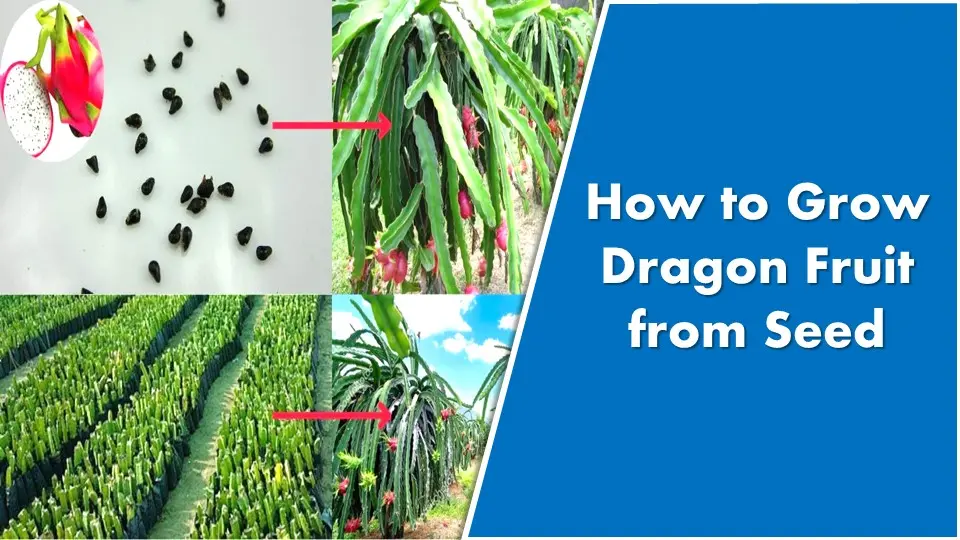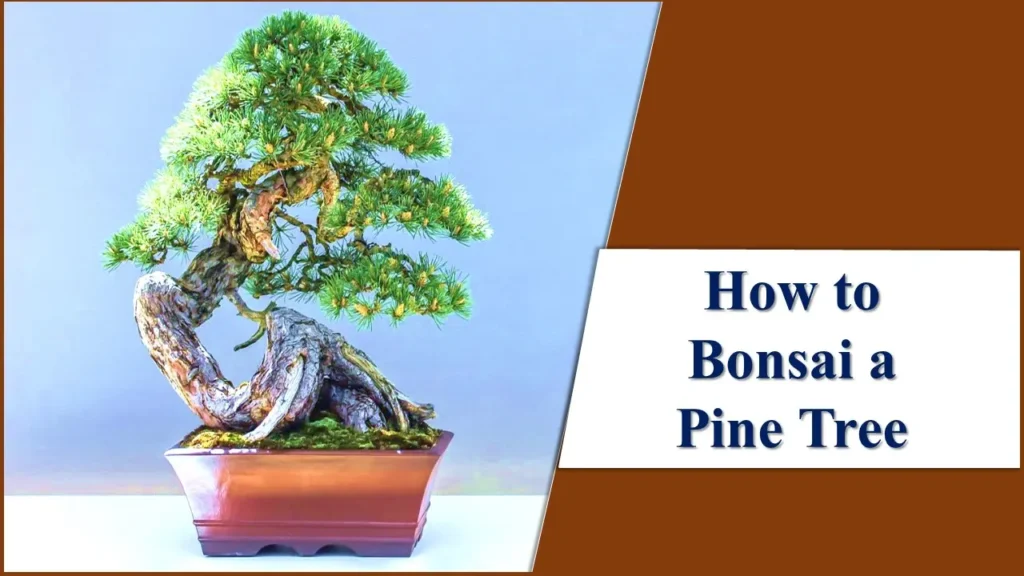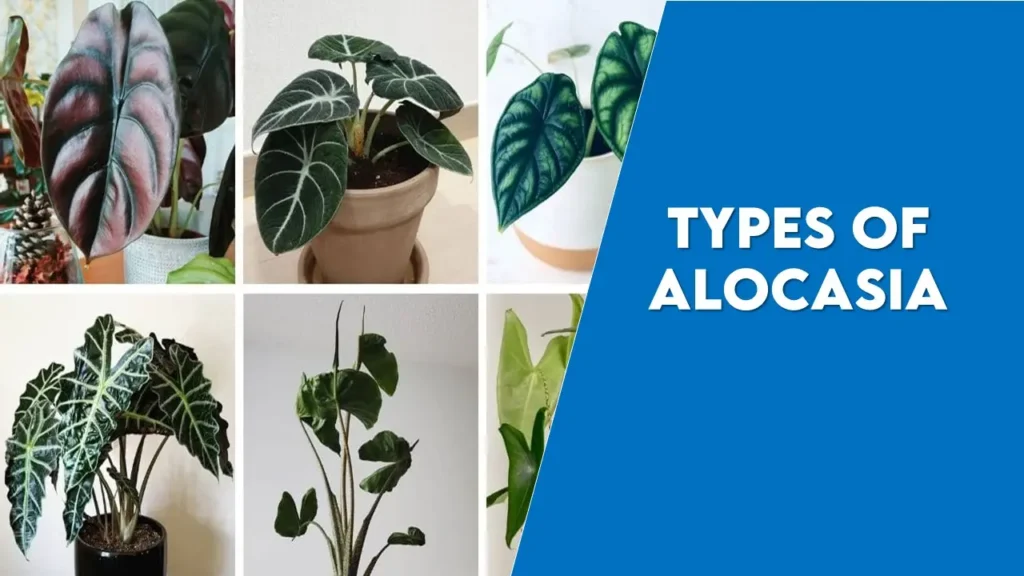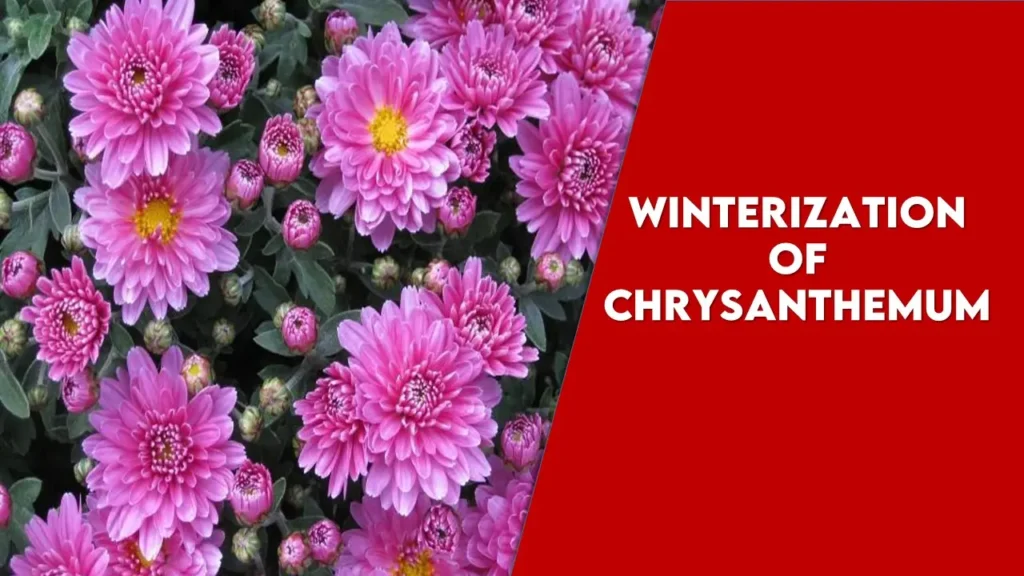How to grow Lavender in Texas
Learn How to grow Lavender in Texas by heeding our expert recommendations. Learn about the ideal lavender species, soil, irrigation, pruning, and other factors. Start your lavender garden today!
A Complete Guide: How to grow Lavender in Texas
Are you a lavender lover in Texas? With its beautiful blooms and delightful fragrance, lavender is a popular choice for gardens across Lone Star State. However, growing lavender in Texas can present some unique challenges due to the state’s hot climate and varying soil conditions. But fear not! With the right knowledge and care, you can cultivate a stunning lavender garden that thrives in the Texas heat. Lavender, with its aromatic fragrance and stunning flowers, is a popular herb that can add beauty and charm to any garden. While it may not be native to Texas, with the right care and attention, you can successfully grow lavender in the Lone Star State. If you’re looking to cultivate this lovely herb in your Texas garden, here are some essential tips to help you achieve success.
1. Selecting the Right Lavender Species:
The first step to growing lavender in Texas is selecting the right species that is well-suited to the state’s climate. Some lavender species that are known to grow well in Texas include Lavandula angustifolia, Lavandula x intermedia, and Lavandula stoechas. These species are known for their heat tolerance and can withstand the hot and dry conditions of Texas summers.
2. Soil Preparation:
Lavender prefers well-draining soil with a pH level between 6.0 to 8.0. Before planting, it’s important to prepare the soil by removing weeds, rocks, and other debris. Incorporating organic matter such as compost or well-rotted manure can help improve soil fertility and drainage. If the soil is heavy and clayey, adding sand or perlite can help improve drainage.
3. Planting Lavender:
Lavender should be planted in a bright area with at least 6 to 8 hours of daily direct sunlight. To ensure appropriate airflow, keep the lavender plants at least 12 to 18 inches apart. Create a hole that is just a little bit bigger than the root ball, insert the plant, and then carefully backfill it with soil. After planting, give the plant plenty of water, but don’t overdo it-lavender enjoys a little bit of dryness.
Read More
4. Watering and pruning:
For lavender to thrive in Texas, proper irrigation is essential. Avoid overwatering lavender because it wants to be just a little bit dry between waterings, especially in hot and humid weather. Water deeply but sparingly, letting the soil dry out in between applications. Refrain from watering the foliage because doing so can cause fungus illnesses. Regular trimming is necessary to encourage bushier growth and ward off legginess on lavender plants. Remove wasted flowers from lavender in the early spring to promote new blooms. Avoid cutting into the woody stalks.

5. Protection from weather:
The hot Texas weather can be harsh on lavender plants, so providing some protection can help them thrive. Consider providing some shade during the hottest part of the day, especially in the afternoon when the sun is strongest. Mulching around the base of the plants with a layer of organic mulch such as straw or wood chips can help retain moisture in the soil, regulate temperature, and prevent weed growth.
6. Fertilization:
Lavender often doesn’t need a lot of fertilizer because too many nutrients can cause sluggish growth and fewer blooms. However, a light springtime application of balanced fertilizer might aid in supplying vital nutrients for strong growth. High-nitrogen fertilizers should be avoided since they can encourage lush foliage at the price of flowers.
7. Pest Control:
Lavender is relatively resistant to pests and diseases, but it’s still important to keep an eye out for any signs of infestation. Common pests that may affect lavender include aphids, spider mites, and whiteflies. If you notice any signs of pest infestation, such as distorted leaves, yellowing, or curling, use appropriate insecticidal soaps or neem oil to control the pests. Avoid using harsh chemical pesticides, as they can harm beneficial insects and pollinators.
8. Harvesting Lavender:
Texas lavender is best harvested when the flowers are completely open yet still in bloom. Depending on the species, this often occurs in late spring or early summer. To harvest lavender, cut the stems slightly above the leaves with a pair of sharp pruning scissors. Cutting into the plant’s woody portion can harm it, so avoid doing so. Lavender can be harvested and utilized for a variety of things, including dried flower arrangements, potpourri, sachets, and essential oils.
9. Winter Care:
In Texas, winters can vary in severity depending on the region. Lavender is generally hardy in Texas, but severe cold weather can sometimes damage the plants. To protect lavender during winter, consider covering the plants with a breathable frost cloth or moving potted lavender indoors to a protected area. Avoid using plastic covers, as they can trap moisture and promote fungal diseases.
10. Tips for Successfully Growing Lavender in Texas
- Select a soil with a pH range of 6.0 to 8.0 that drains well.
- Lavender should be grown in a sunny area with sufficient airflow.
- Water deeply but sparingly, letting the soil dry up in between applications.
- Regularly prune lavender to encourage bushier growth and ward off legginess.
- Offer shade during the hottest time of day, particularly in the afternoon.
- Use mulch to keep moisture in the soil and control the temperature around the base of the plants.
- Use natural or organic pest management techniques to prevent harming pollinators and beneficial insects.
- Gather lavender when the blooms are fully open yet still in bloom.
- Keep lavender away from extreme cold during the winter.
- Keep an eye out for any indicators of a disease or pest infestation and act quickly.

Finally, with the proper care and attention, cultivating lavender in Texas may be a rewarding venture. You can have a lovely and fragrant lavender garden in the Lone Star State by choosing the right species, preparing the soil, giving it proper watering, pruning, weather protection, and according to best practices. Happy lavender gardening!
What is the optimum soil Ph for Lavender in Texas?
soil with a pH range of 6.0 to 8.0 that drains well
Latest Post
- How to Grow Dragon Fruit from Seed Effectively : Best Method

- 15 Different Types of Holly Bushes to Enhance the Beauty of Your Garden

- How to Bonsai a Pine Tree: 2 Best Methods and Care

- Amazing 15 Different Types of Alocasia with pictures

- Winterization of Chrysanthemums: Shield Your Mums From Harsh Winters


